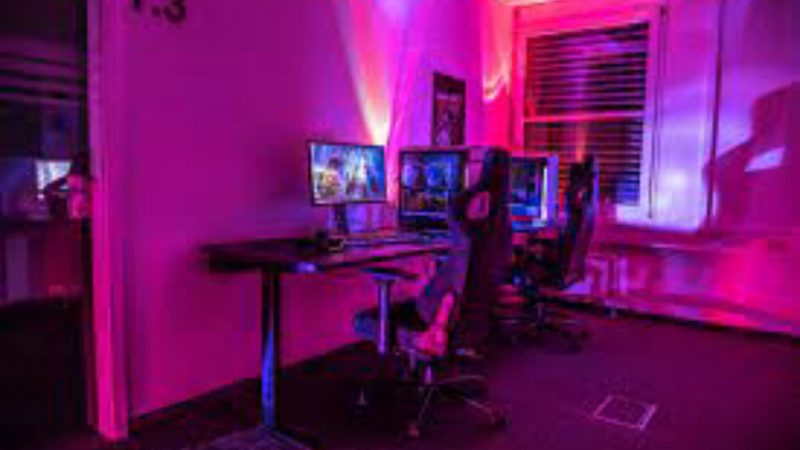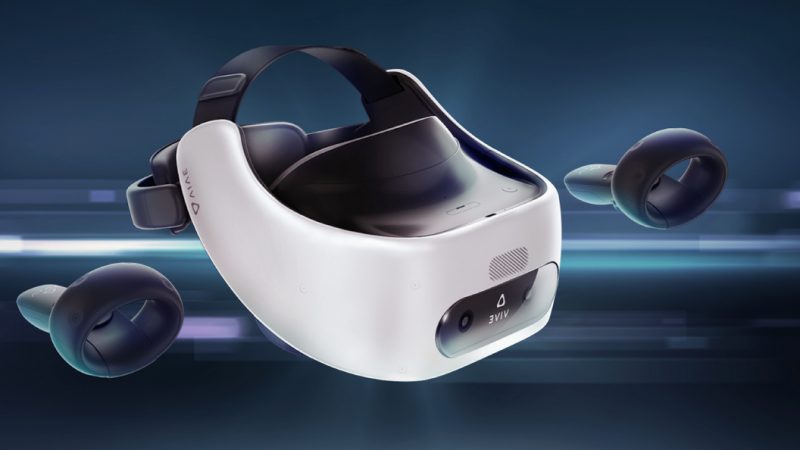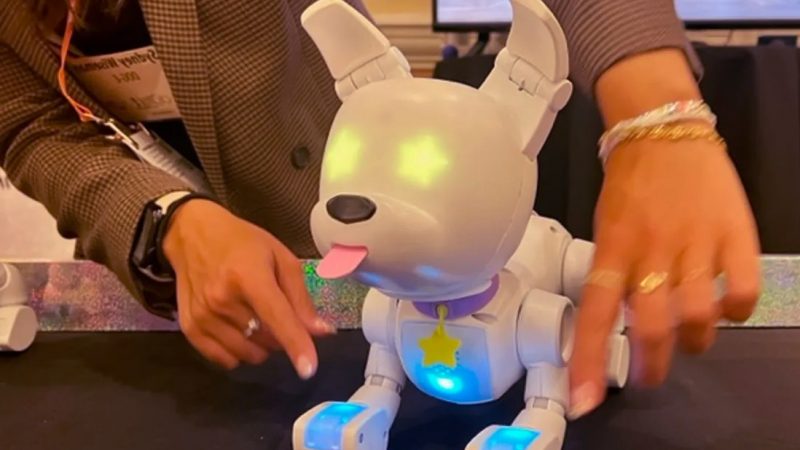Variable Focus Thin Lens for Virtual and Augmented Reality Headsets
Researchers have created a thin lens that can be adjusted in length continuously. This lens could make visual fatigue caused by AR/VR devices (augmented and virtual reality) a thing of the distant future.
“Many of the 3D displays used in today’s AR/VR devices cause discomfort after long-term use due to the vergence-accommodation conflict,” said research team leader Yan Li from Shanghai Jiao Tong University in China. This problem can be solved by using the lens (also known as an Alvarez Lens). This could offer a more natural and comfortable 3D experience, which would allow for greater use of AR/VR headsets.

The new lens was described by the researchers in Optics Express. It is composed of two flat, or planar liquid Crystal elements. These can be moved in relation to one another to change the focal length. They integrated the Alvarez lens into an AR display system to show virtual images in real-world views at different depths.
Shin-Tson Wu, who worked with Li at the University of Central Florida College of Optics and Photonics, said that this lens had a large and continuous tuning range, is thin, and was easy to make. This compact tunable lens could also be used for AR/VR devices.
Enhancing the virtual experience
In AR/VR devices, the vergence-accommodation conflict occurs because the left and right eyes receive two slightly different images that the brain puts together to form a virtual 3D image. Each eye must focus on the 2D plane in which the image is displayed to see clearly. This results in the 3D image being merged and one eye focusing on the 2D plane, which can cause visual fatigue and dizziness.
It’s possible to lessen the vergence-accommodation conflict with a varifocal display, which dynamically changes the depth of single-plane virtual objects so that virtual objects appear to exist at different depths in different moments. Multi-focal displays can also be used to render multiple 2D cross-sections at different depths of virtual objects simultaneously. This allows for the reconstruction of a 3D volume. The VAC problem can be suppressed in both cases because the human eye is able to focus on the correct depths.
Next >>








